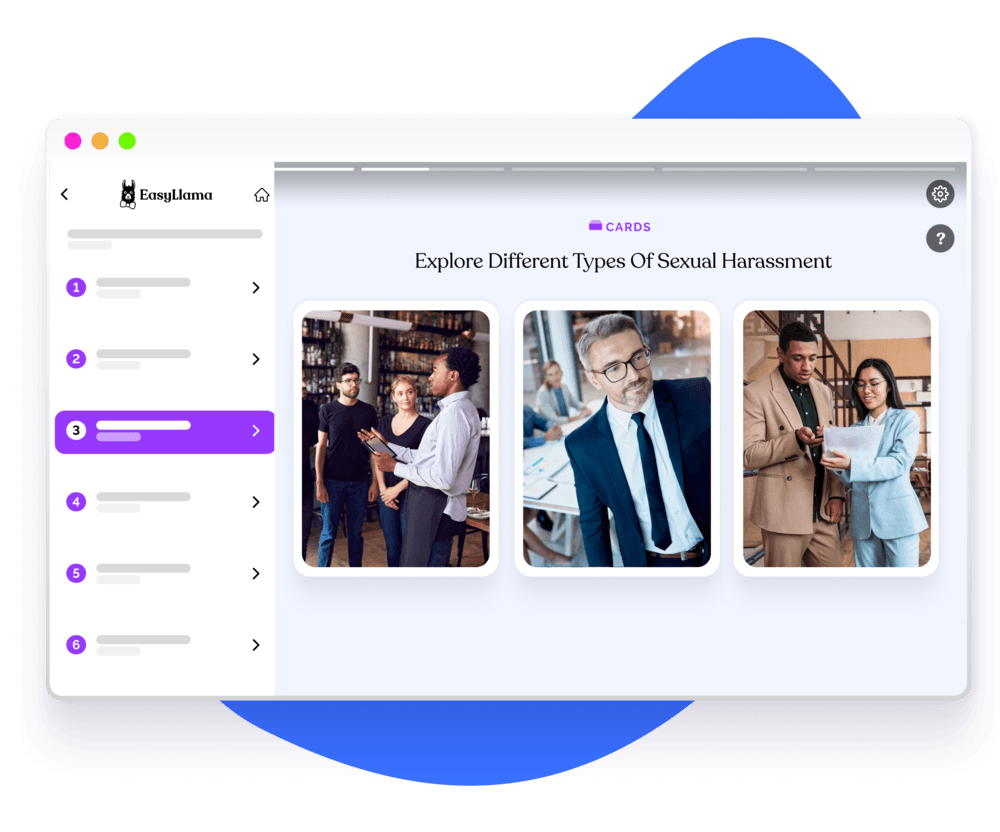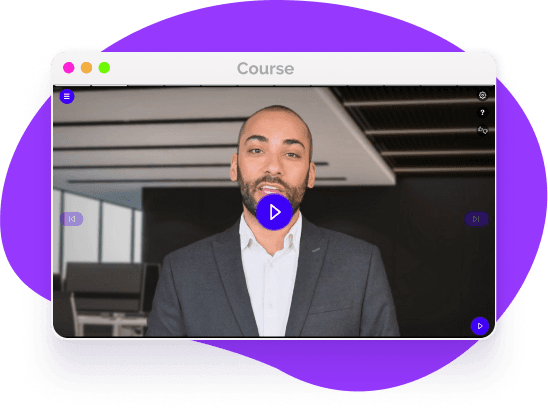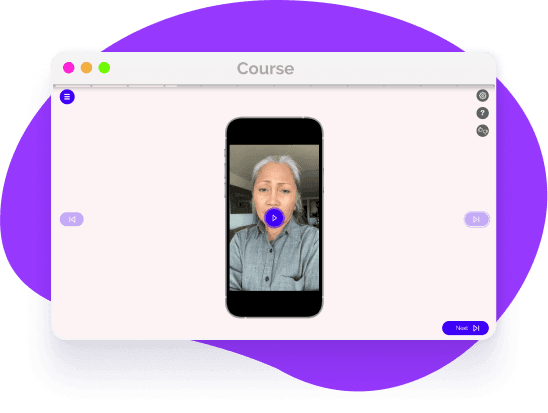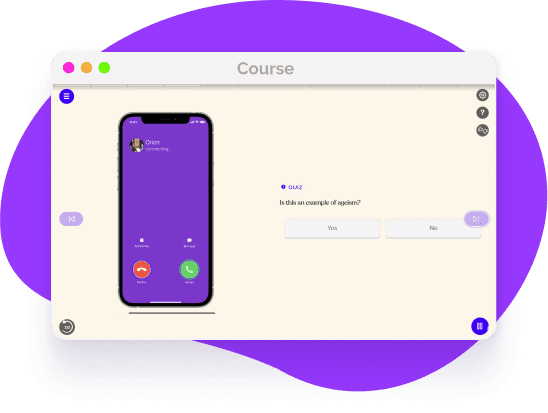Substance Use and Misuse
Embark on a journey to cultivate a safer campus environment through in-depth knowledge of drugs and alcohol on campus. Delve into the classification of substances, explore the motivations behind their usage, and comprehend their profound effects on the mind and body.

Understanding the Impact of Substances on the Brain and Body
The effects of substances on the body and brain can be substantial. The sort of chemical can have a variety of effects on the body and brain. The heart rate, blood pressure, and alertness can all be raised by stimulants like nicotine and coffee. Alcohol and other depressants can impede the central nervous system, which can cause sedation and poor coordination. Drugs that cause euphoria, pain alleviation, drowsiness, and slower respiration include opioids.

To correctly recognize the possible threats that substances may provide to students, faculty, and staff on campus, it is crucial to grasp the various classes of substances.
Some drugs change the way you see reality, which might cause hallucinations. LSD, psilocybin mushrooms, and PCP are a few examples.
These drugs improve focus and energy levels. Cocaine, Adderall, Ritalin, and methamphetamines are a few examples.
These substances slow down the neurological system and induce sensations of fatigue or relaxation. Alcohol, opioids (such as heroin, oxycodone, and morphine), and benzodiazepines are a few examples (e.g., Valium, Xanax, Klonopin).

Stigma and Impacts of Substance Use
Substance use stigma is a pervasive and harmful social issue. It can have a range of effects on people who use drugs, including limiting access to treatment and support services, provoking emotions of guilt and shame, and putting up further obstacles to recovery. The negative effects of substance use may be exacerbated by the prejudice that substance users may experience in settings including job, housing, and healthcare.
Myths surrounding Substance use and misuse
Instead of being supported by scientific data, substance use and misuse myths are frequently accepted by the majority of a population or culture. These falsehoods may be disseminated through the media, relatives, friends, and other influential people.
Here are some myths to look out for:
- -
All people who use substances are addicts.
- -
Substance use is a moral failing
- -
People who use substances are criminals
- -
Individuals can’t recover from substance use disorders.

Protect Students and staff with Drugs and Alcohol Awareness on Campus Training
Safeguard your campus community by providing comprehensive drugs and alcohol awareness training. Our program equips students and staff with the knowledge and skills needed to navigate the challenges posed by substance abuse. From understanding the risks and consequences to learning effective prevention and intervention strategies, our training ensures a safer environment for all.

Helping over 8,000 organizations create a safer, more productive workplace
EasyLlama’s online training course provides a more in-depth understanding of substance use and misuse on campus. Explore how to identify signs of substance misuse in themselves, their colleagues, and their students and address these issues in a supportive and non-judgmental manner. The course covers:





















